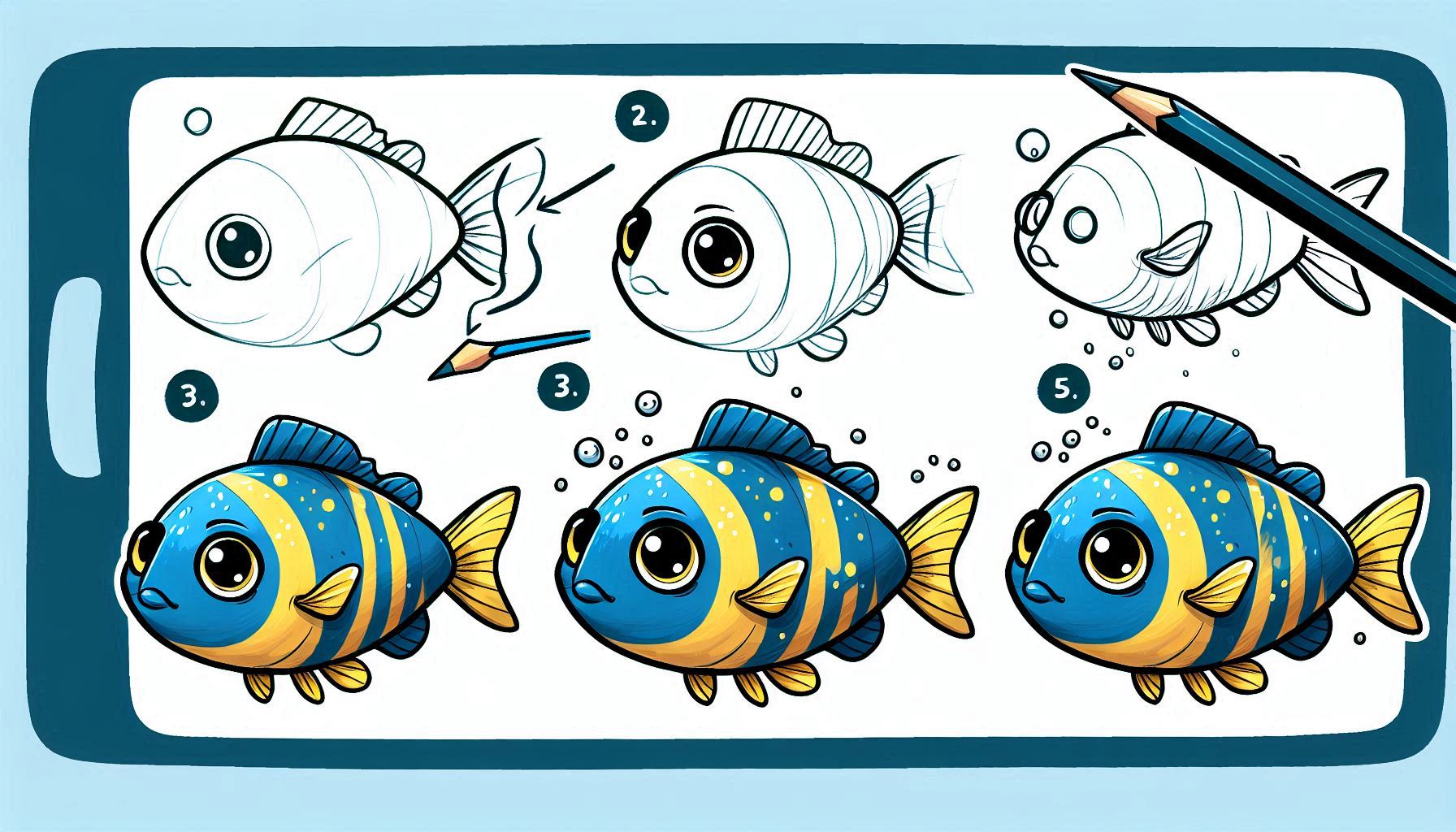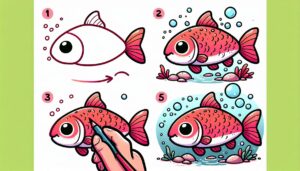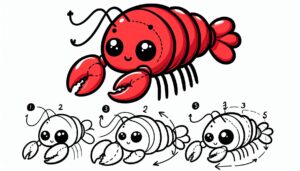Exploring the characteristics of a popular fish can be an engaging activity. Renowned for its distinct shape and intricate fins, a cod presents a one-of-a-kind chance to hone your artistic abilities. In this guide, we’ll take you through the process of drawing a cod, paying close attention to its distinct characteristics and incorporating imaginative elements. Let’s embark on this creative journey!
The Intrigue of Cod Anatomy
Cod have a reputation for their sturdy bodies, lengthy fins, and unique barbels on their chin. By familiarizing yourself with these features, you can enhance the precision and appeal of your artwork. By examining the cod’s anatomy, one can gain a deeper understanding of the fish’s functionality and design.
The Joy of Capturing Distinctive Characteristics
When capturing the image of a cod, it’s important to pay attention to its distinct body shape, barbels, and fin structure. This can be an enjoyable task that improves your artistic abilities and focus. The more accurately you portray these characteristics, the more lifelike and vibrant your cod drawing will appear.
Discovering the World of Cod Using Art as a Medium
Cod come in a variety of sizes and colors, each with their own distinct characteristics. Exploring the world of drawing can be a great way to learn about the diversity of creatures and discover unique patterns and textures. This theme highlights the educational aspect of art and the opportunity to explore new facets of marine life.
Steps: How to Draw a Cod
First, begin by sketching the outline of the body.
Begin by sketching the fundamental outline of the fish’s body. Start with a sizable, somewhat elongated oval shape for the main body. Cod have a somewhat robust, cylindrical body, so be sure to capture this shape. Include a rounded shape towards the front for the head and a gentle taper towards the tail end.
Next, we will move on to adding the head and mouth.
Place the head at the front of the body, with a slightly pointed shape and a rounded nose. Include a small, curved line to create the mouth, giving it a slight overhang. Create two small circles to represent the eyes, placing them on opposite sides of the head. Cod have a unique barbel on their chin, so you can enhance their appearance by adding a small, thin, curved line extending downward from the chin.
Step 3: Now let’s add the fins.
Cod have multiple fins that enhance their swimming abilities. Create the dorsal fin as a lengthy, gently undulating form that begins near the head and stretches towards the tail. Include the pectoral fins (located on the sides of the body) as fan-like shapes that gently curve outward. Include the pelvic fins, which are positioned just behind the pectoral fins, as well as the anal fin located on the underside of the body towards the rear. At last, create the tail fin with a forked shape that extends from the back of the body.
Step 4: Perfecting the Form
Consider using a darker pencil or pen to carefully trace over your sketch and enhance the shape of the cod. Refine the contours of the body, head, fins, and tail fin. Make sure the fins have a smooth, graceful look. Remove any unnecessary guidelines or overlapping lines to tidy up your drawing.
Step 5: Enhance the Texture and Add Intricate Details
To enhance the texture and realism of your cod drawing, consider incorporating delicate lines and shading. Cod have a slightly rough skin, so it’s best to use delicate lines to capture this texture. Enhance the visual appeal by incorporating shading that brings out the depth and accentuates the fish’s organic curves and contours. Be mindful of the interplay between light and shadow in order to add depth to your drawing.
Step 6: Add some color to your artwork
Now it’s time to add some vibrant hues to your code! Cod usually have a combination of light to dark gray or brownish shades, often with darker spots. Utilize these colors to complete the body and fins, incorporating gradients and variations to replicate the authentic look of a cod. Enhance the depth and dimension of your drawing by adding highlights and shadows.
Theme 1: The Intriguing World of Cod Anatomy
Exploring the anatomy of a cod through drawing allows for a closer examination of its distinctive features, such as its robust body, barbels, and fin structure. Understanding these features helps you create a thorough and authentic depiction. Understanding the intricacies of cod anatomy can improve both your artistic abilities and your understanding of these captivating creatures.
Theme 2: Embracing the Joy of Capturing Distinctive Characteristics
The distinctive characteristics of a cod, including its barbels and fin structure, provide an enjoyable challenge for artists. Capturing these details requires precision and attention to detail, making it a great exercise for honing your drawing skills. Have fun capturing these unique characteristics in your artwork.
Theme 3: Discovering the Wonders of Cod Through Art
With a wide range of colors and patterns to choose from, drawing cod allows you to explore their incredible diversity and one-of-a-kind beauty. Exploring various color combinations and textures can add visual interest and educational value to your artwork. This theme celebrates the excitement of exploring different facets of marine life through artistic expression.
In summary
Creating a cod drawing can be a fulfilling and fun activity that lets you appreciate the beauty and unique features of this incredible fish. By following the steps in this guide and paying attention to its structure, distinctive characteristics, and vibrant hues, you can create a meticulous and captivating fish illustration. Have fun exploring your artistic side and expressing your creativity as you bring this captivating fish to life on paper!
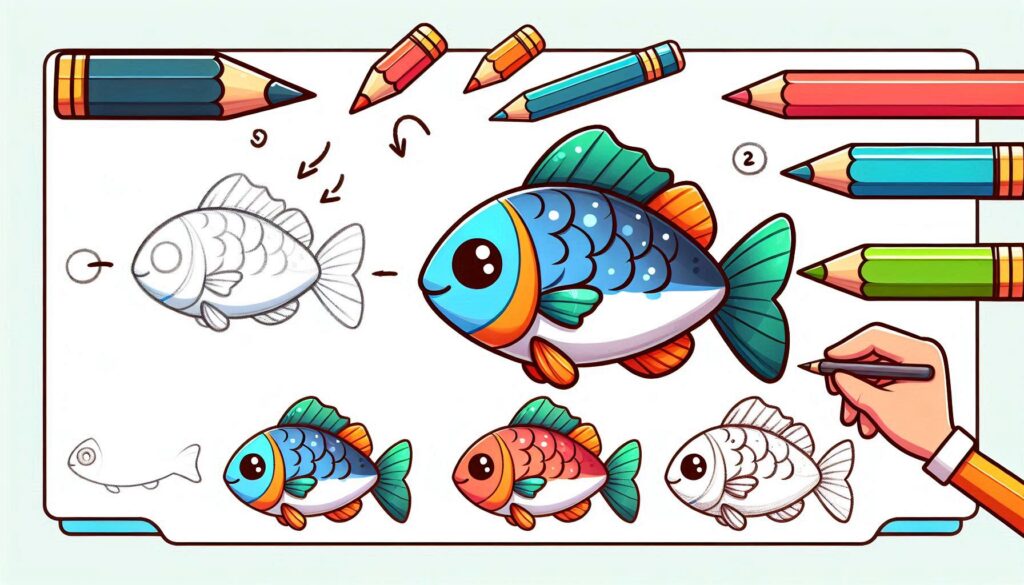
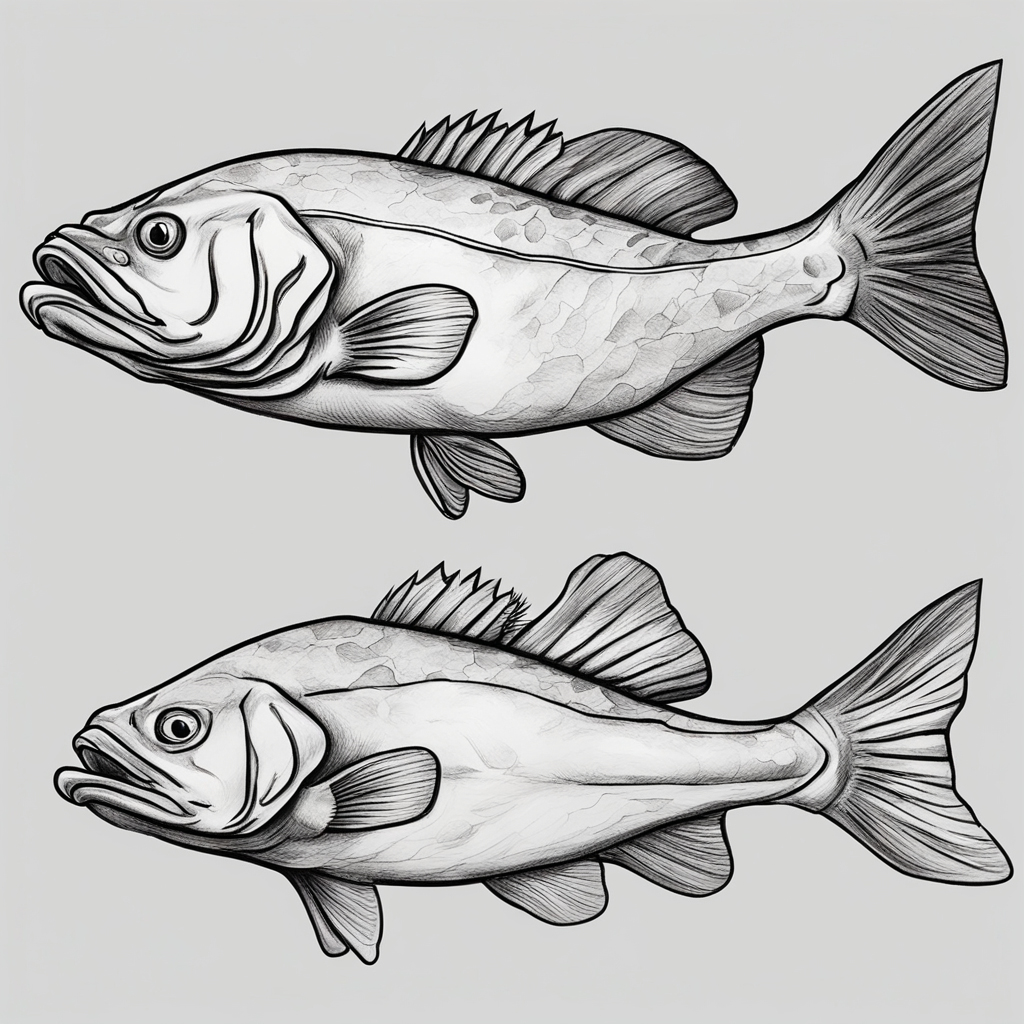
Check out this super fun and simple guide to learn how to draw a shark with easy step-by-step instructions! This fun tutorial offers easy steps, making it a delightful experience for little creators to dive into their imagination while discovering these amazing sea creatures!

